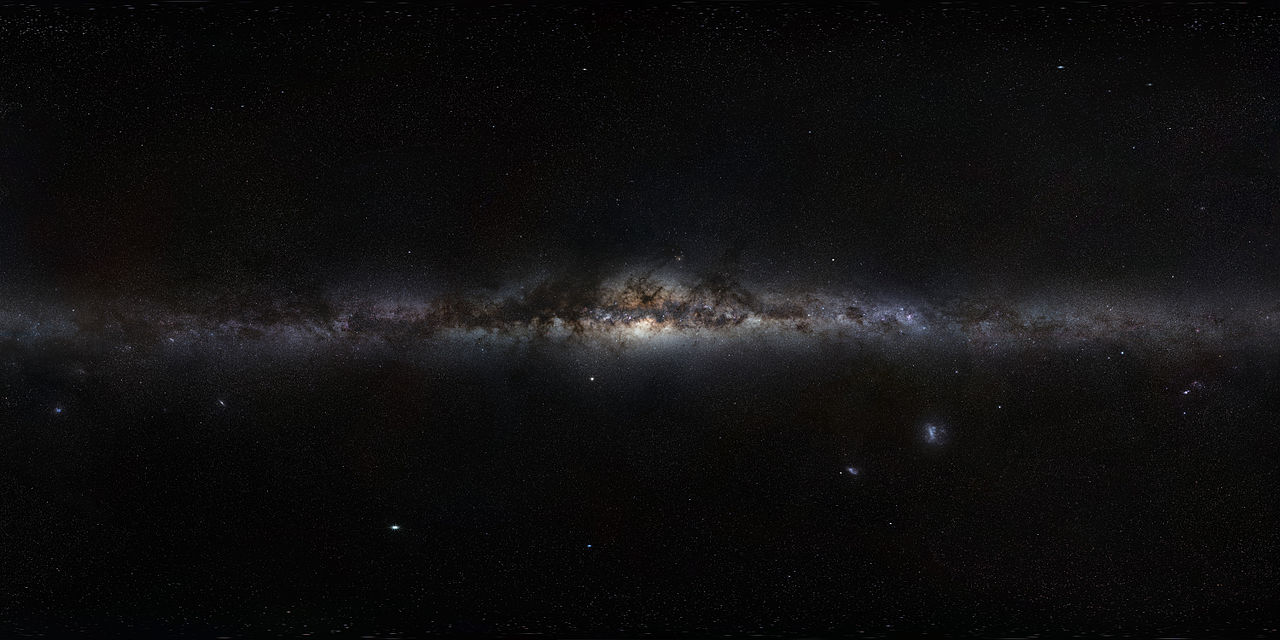Our Milky Way galaxy isn’t just a disk of stars and nebulae – it’s surrounded by a cloud of hot, thin plasma. And recently, researchers at The Ohio State University confirmed that the plasma surrounding our galaxy is much, much hotter than we previously thought.
It’s hard to see the gaseous halo of the Milky Way, because it’s so incredibly thin. But due to its extreme temperature, it emits X-ray radiation. We can capture this radiation with instruments like the European Space Agency’s XMM-Newton satellite.
That halo provides important clues to galaxy formation. After all, it evolved along with the rest of the galaxy, and is possibly made up of the material ejected from supernovae and other violent episodes in our galactic past. Indeed, the halo extends for hundreds of thousands of light years – much farther than the disk of stars itself – and may contain nearly as much total mass as the main disk.
Essentially, the gassy halo surrounding the Milky Way is a major player in galactic evolution and structure, and understanding the halo helps us understand the rest.

Recently, a team of astronomers led by Prof. Smita Mathur at The Ohio State University confirmed that we don’t know as much as thought we did about one of the most critical aspects of the gaseous halo – its temperature.
Based on earlier observations, astronomers had estimated the temperature of the halo to be around 1 or 2 million Kelvin. Hot, but not nearly the hottest thing in the cosmos. Then a few years ago observations with the XMM-Newton satellite found a temperature ten times higher. A surprising result, but limited, since the data were taken in only one direction.
The team led by Prof. Mathur extended the analysis to more directions and used more X-ray telescopes, like the Japanese satellite Suzaku, and found…temperatures of around 10 million Kelvin, everywhere they looked. What’s more, they also studied the (relatively) nearby galaxy NGC 3221, which is similar to the Milky Way, and found a similar hot halo.
What’s making the gaseous halo so hot? And how does it maintain its closeness to main disk with such a high temperature? Astronomers are only now beginning to study this strange mystery in greater depth.


what does “temperature” mean in this context? merely that the gas is moving fast?
That then leads to questions about the density of the gas and what “temperature” means in this situation, as opposed to a situation where the gas is confined.
Nick Pappas